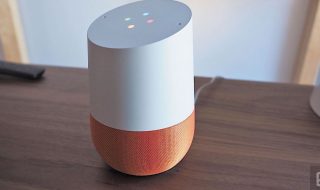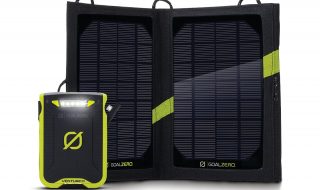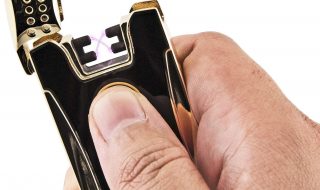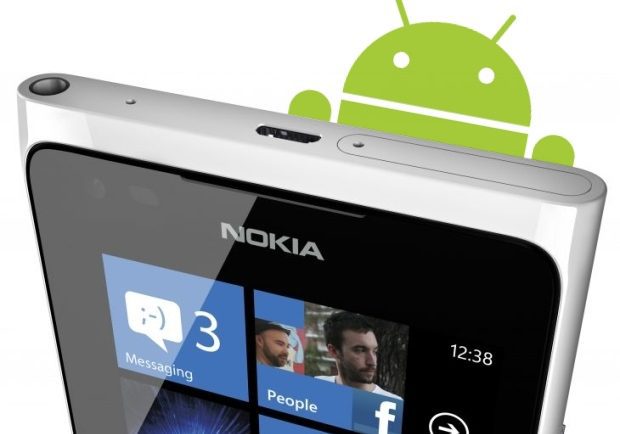
It’s been a tough few years for Finnish manufacturer Nokia. The rise of iOS and Android has dented Nokia’s market share to such an extent that it no longer is the number one handset manufacturer in the world. However, with Windows Phone the manufacturer is looking to regain lost ground. While Microsoft’s mobile OS is good, it cannot hold a candle to the vast ecosystem established by the likes of iOS and Android, who are leading by a mile. Currently Nokia has a licensing deal with Microsoft, but the question remains: Would Nokia not be better off making Android devices?
Android Has Resurrected As A Thriving Ecosystem
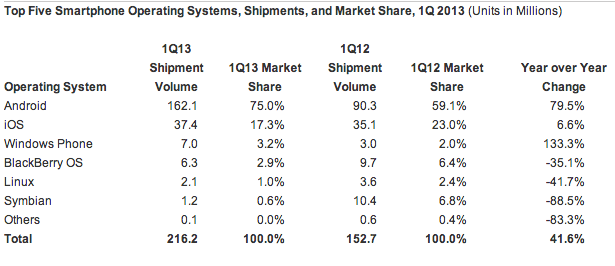
Android accounts for 75 percent market share; Windows Phone leapfrogs BlackBerry
Android is the world’s largest mobile OS with over 75% of the market share, and is only growing faster day by day. There are estimated to be a billion devices around the world that run on Android. And the open source nature of Android gives manufacturers the ability to customize it to their liking and better ingratiate it with their hardware. This is in fact what most manufacturers have done, like Samsung with their TouchWiz UI and HTC with Sense.
Also, Android’s system requirements are quite less, and this has led to a veritable smorgasbord of devices being launched across all segments. In India, local manufacturers like Micromax and Karbonn have achieved great successes over the last few years by betting on low-cost devices that use Android.
Difficulties With Windows Phone Platform

Analyst: Nokia must adopt Android before it’s too late
While the Windows Phone platform is getting better, it still lacks a few features like:
-
Strangely Missing Notification Center: The lack of a unified central notification center is one of the biggest drawbacks with Windows Phone.
-
No File System Support: Windows Phone doesn’t have an in-built file browser.
-
Broken Multitasking: Task switching is still sluggish and cumbersome. Want to launch your browser to check something and then go back to watching a movie? On Android, it’s a cinch. On WP, it takes a lot of time.
-
Lack Of Quality Content: Instagram is still not available for Windows Phone. Most major game studios have also ignored the platform. Also, it is hard to find great content as the recommendation engine is non-existent.
-
Fragmentation Still Exists: On Android, a visually intensive game will load, but will lag and stutter. On WP, it will not even install.
-
Live Tiles Can’t Act As Actionable Widgets: Widgets and system toggles aren’t available on Windows Phone. While you can pin Wi-Fi settings to your Start screen, clicking on it will take you to the settings menu, rather than turning the Wi-Fi there itself.
So what does the manufacturer need to do?
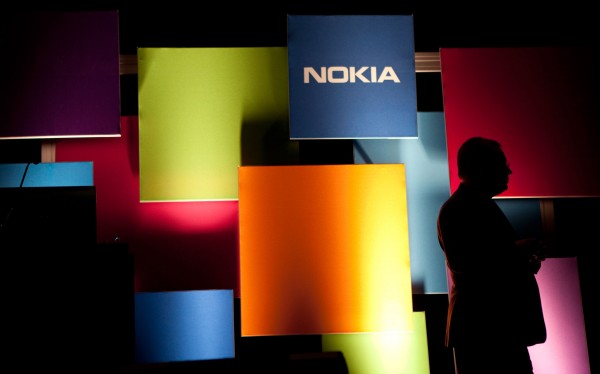
Nokia shareholders tell Stephen Elop to ‘find a new road.’ Should this new road lead to Android?
There are a lot of arguments in favor of Android, and there have been rumors since the beginning of the year that Nokia would finally make the switch to Android. Let’s weigh in the advantages: Android is already the best mobile ecosystem in the world, and has an overflowing amount of content. Also, Nokia has a strong user base in India and making a budget handset that runs Android would give the brand a significant boost in terms of sales in the region.
And Nokia has been known to make sturdy handsets that are some of the most well-built devices in the market. Most budget devices sold in India today are of the Chinese-made variety or from local manufacturers like Micromax or Karbonn or Xolo. While these devices are usable, they lack the finesse that some of the international manufacturers bring to the table. So the situation is ideally set for someone like Nokia, who can deliver in terms of quality and reliability and is known to make and sell quite a lot of low-cost hardware. It is this brand recognition that is the strongest advantage Nokia has in this regard.
Take into consideration devices like the Asha 501. The Nokia Asha 501 price is Rs. 4,674, as seen here, and it offers great value for that amount. Features like FastLane, an aggregator that shows you all chat and social networking history on your home screen are a useful addition. The device also has an accelerometer, a proximity sensor, and comes with 40 free games from EA Games. For the same amount on Android, the only choice would be Samsung’s Galaxy Star, which is quite drab and doesn’t have any unique functionality.
What Issues Can It Face?

Elop finally admits why Nokia didn’t switch to Android: Samsung scared him away
The biggest issue with Nokia getting into the Android game is what every manufacturer faces: Samsung. The South Korean conglomerate is by far the biggest vendor of Android devices, and in a survey conducted this year found that of the $5.4 billion revenue that was generated from Android sales in the first quarter of 2013, Samsung’s contribution was $5.1 billion. In fact, in a recent interview, Nokia’s CEO Stephen Elop has mentioned that this was the main reason why Nokia has decided not to venture into the Android ecosystem.
Another issue might be in getting all of Nokia’s apps and services to work on Android. A distinguishing factor on Nokia’s Windows Phone devices is all the services that it includes, like HERE location services that feature augmented reality, free streaming music and image enhancement services. To make all these services available on Android would be a huge undertaking.
It is clear that Nokia considered Android as an alternative when it was retiring Symbian in 2010. And for better or worse, it has stuck to the Windows Phone platform, and now has a 75% stake in that segment. Its Lumia devices like the 520 do offer an alternative to budget Android handsets, and it is also focusing on the low-cost market with mobiles like the Asha 501. However, there is a clear difference between the low-cost Asha devices, the costliest of which is at $99 USD (around Rs. 5,000); and the Windows Phone platform Lumia devices, the most affordable of which is $199 (around Rs. 10,000). Android would be the ideal choice to bridge the division.

